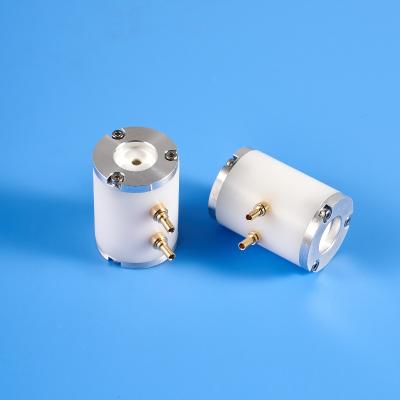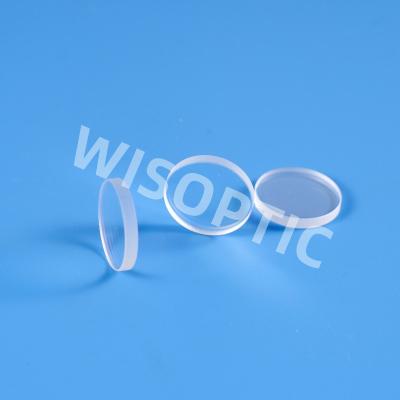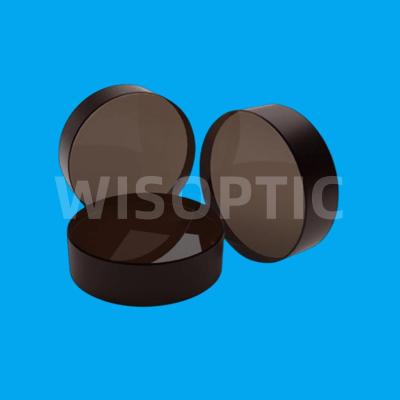Tracking and understanding laser damage events in optics - Part 11
3.3 Laser pretreatment of dielectric film with large diameter
Laser pretreatment technology is the last process before the supply of large-diameter components with dielectric film in NIF devices in the United States. LLNL provides their laser pretreatment device and specifications to each of their supplier of thin film components. For the dielectric film, the role of laser pretreatment is to remove the remaining nodules and defects after the optimization of the coating process, which is a very important guarantee for the large-scale engineering supply of dielectric coating components with large diameter. One purpose is to remove defects and improve the ability to resist damage. The other purpose is to fully assess whether the thin-film element meets the requirements of the final operating flux in the laser system.
At present, laser pretreatment technology has been applied to the production of transmission mirror (TM), elbow mirror (ZJ) and polarizer (PL) in China, and has become the last process in the manufacture of large-diameter dielectric films. The size of TM is 610 mm×430 mm×85 mm, and the size of polarizer and elbow mirror is 810 mm×430 mm×90 mm. The laser damage resistance of components after laser pretreatment is shown in Figure 15. The functional damage threshold of the transmission mirror reaches 30 J/cm2 (1064 nm, 5 ns), and the functional damage threshold of the elbow mirror and polarizer reaches 14 J/cm2 (1064 nm, 5 ns).
The surface state of the dielectric film after laser pretreatment is shown in Figure 16, where the scale of pits does not exceed 15 μm, the lateral scale of plasma ablation does not exceed 300 μm, and their vertical depth does not exceed 30 nm. Based on the current state of surface plasma ablation after laser pretreatment of the dielectric film, the influence of the large-aperture dielectric film on the beam quality after pretreatment was simulated and analyzed. The beam effect is negligible, as shown in Fig. 17(a) and (b). The laser pretreatment effect on PSD2 was analyzed by profilometer test, and the results showed that the PSD2 increased after pretreatment, but it was still within the required range of 1.1 nm, as shown in Figure 17(c).
It can be seen that the laser pretreatment process will not significantly affect the beam quality while improving the anti-destructive ability of the component. It should be noted that the data shown in red in Figure 15 means that these three components have been proved, during the laser pretreatment process, to fail to meet the requirements of the designed flux in the high-power laser system, so they will not be used.



